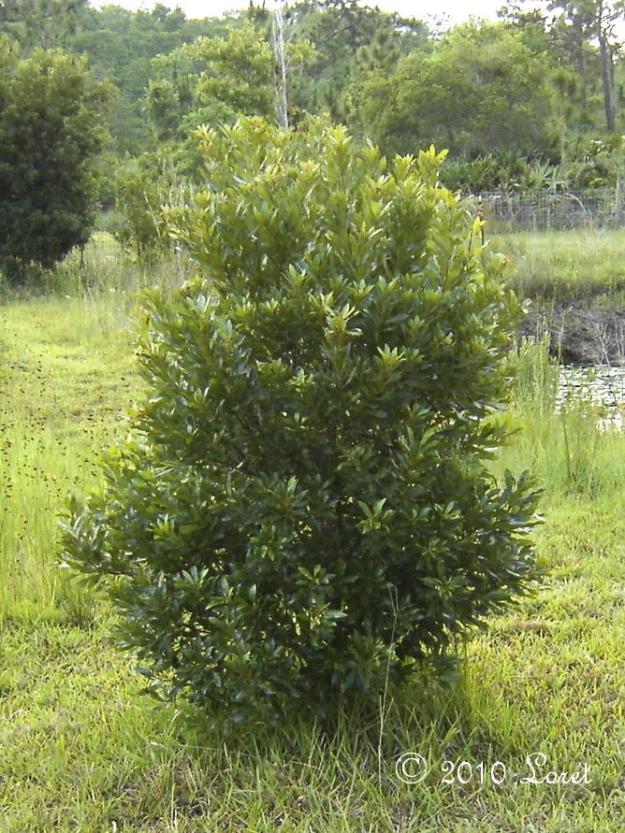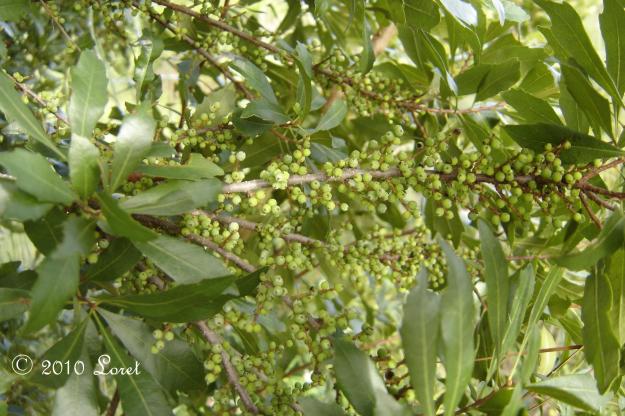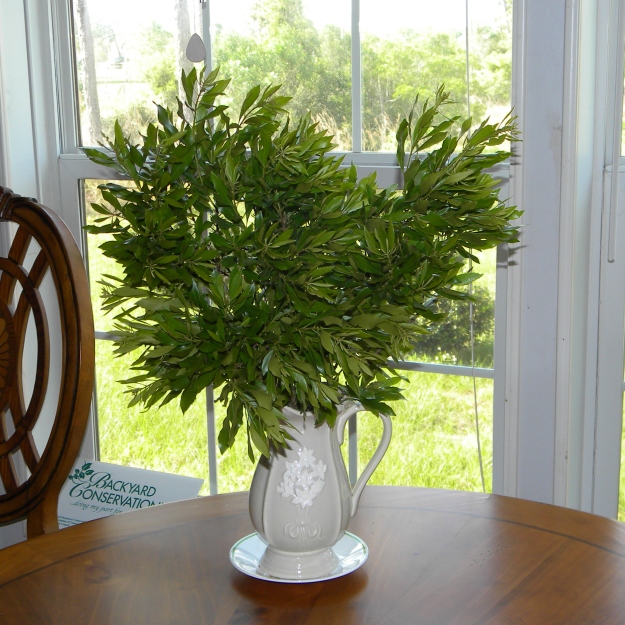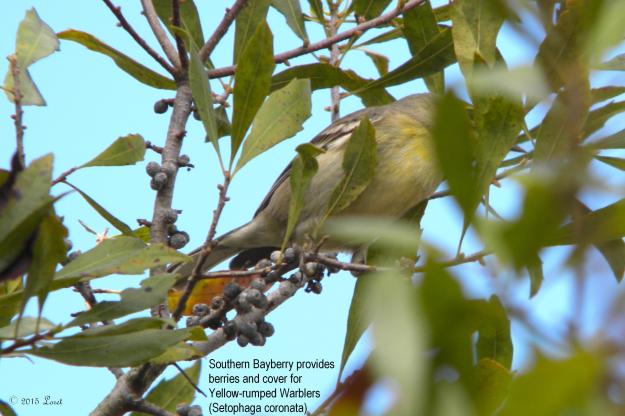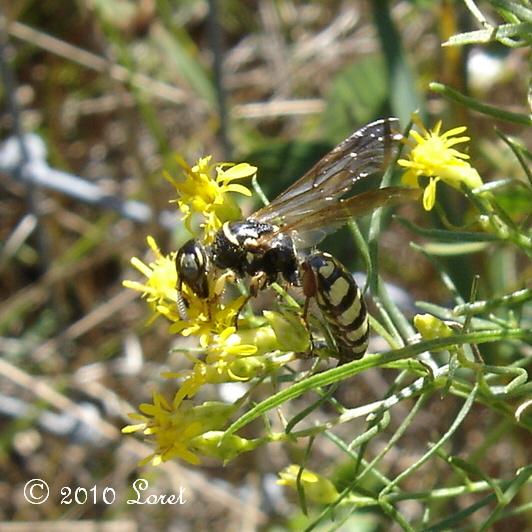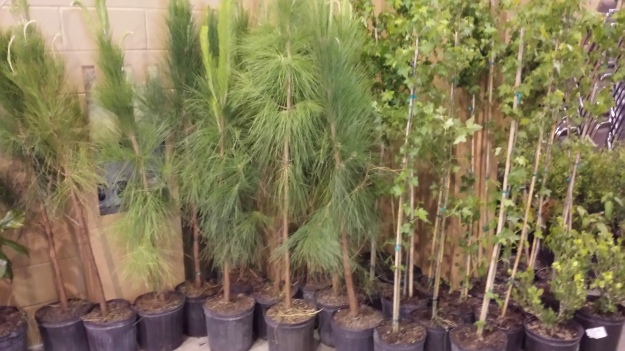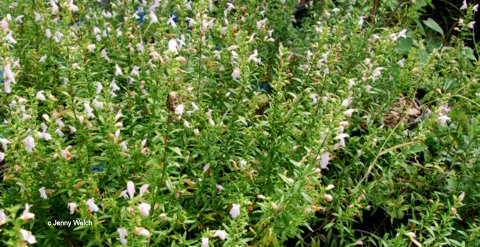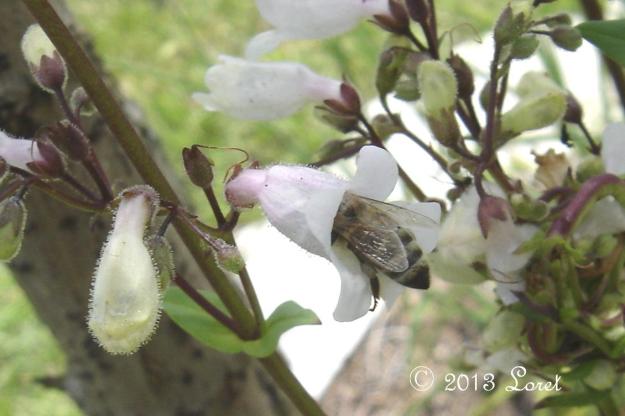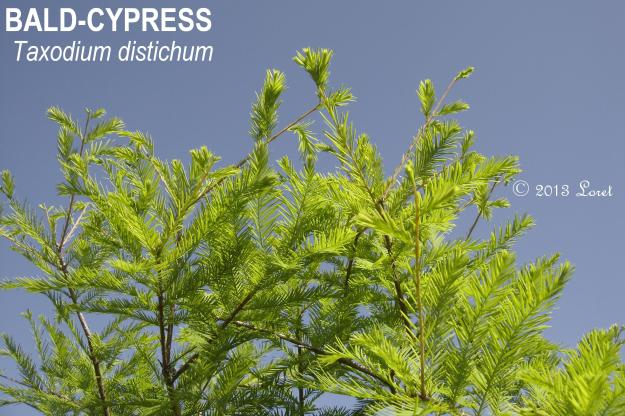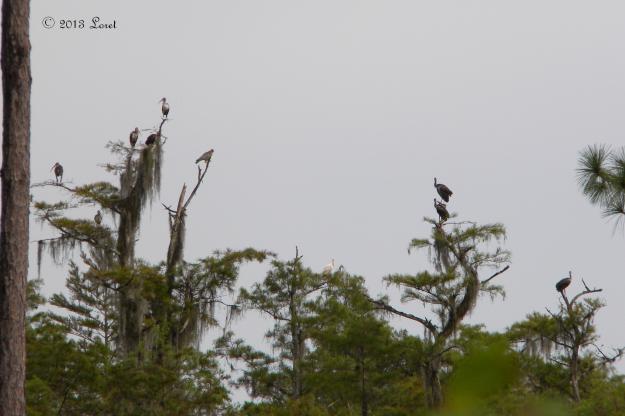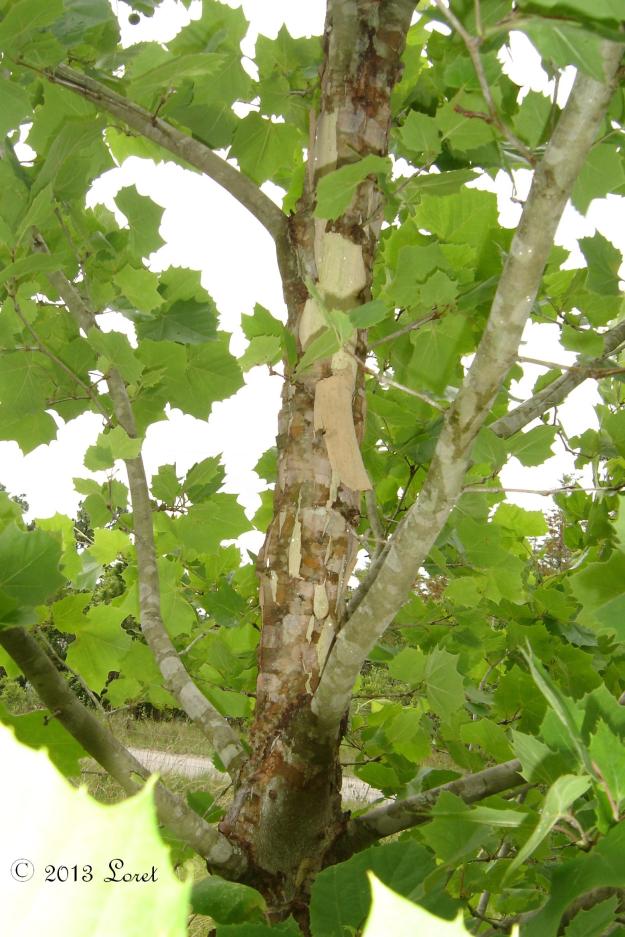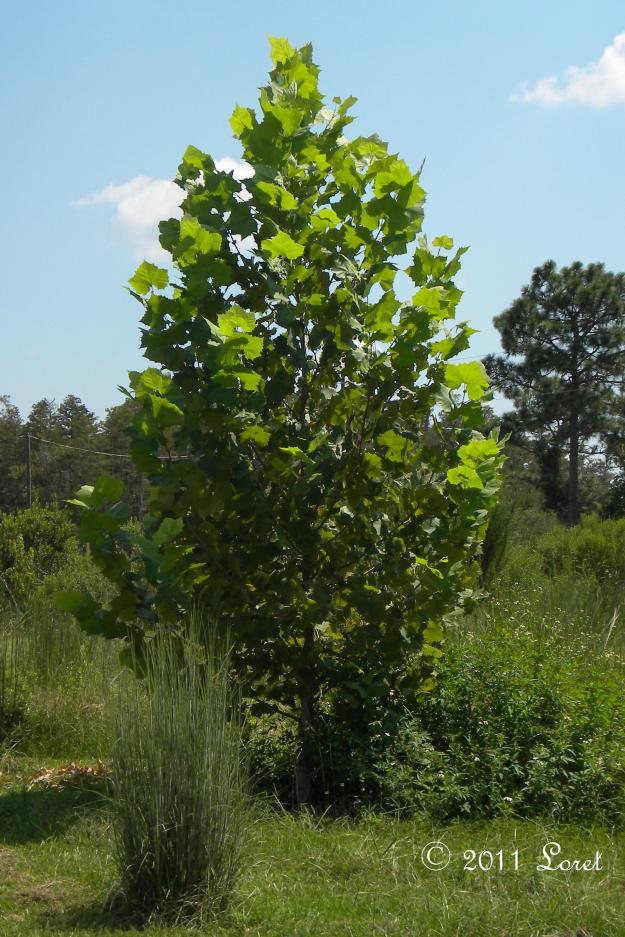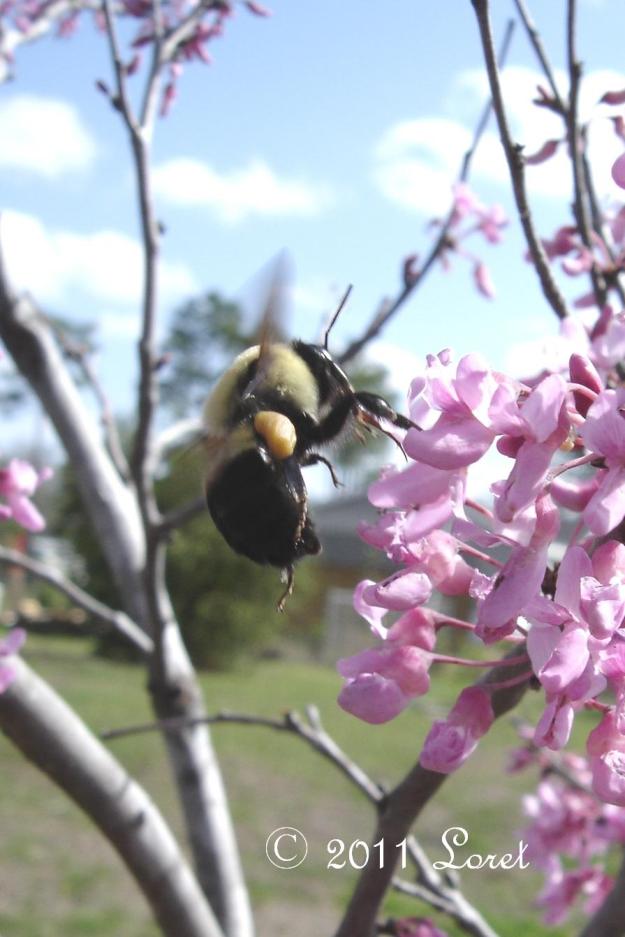Wax Myrtle (Myrica cerifera or Morella cerifera) a.k.a. Southern Bayberry is an evergreen, which is native to the U.S. It is versatile and will work for most landscapes. It can be used alone as a specimen or group together to form quick growing hedges or privacy screen.
Wax myrtle has multiple stems growing from a common root collar. Left unpruned, it will become a multitrunk tree, which can reach heights of 25 feet but is normally maintained at 10 to 15 feet.
Propagation is by underground runners, which extend the growth laterally. Seed germination is possible if the waxy coating is removed. This likely occurs in the digestive systems of birds that eat the berries so it is possible that birds help provide “propagation by nature” in disturbed areas or along fences where they rest.
It has the ability to grow in a variety of habitats but prefers moist, sandy soils and is a great addition for areas that may experience flooding, yet it proves to be a wonderful, drought-tolerant species once established. It is also salt-tolerant, does well in full sun to partial shade but the growth will be considerably thinner in total shade. It is recommended for street planting especially beneath powerlines because it looks great in any shape. It is hurricane wind resistant.
It provides excellent cover for wildlife. Wild turkey, bob-white quail, various waterfowl, catbirds, thrashers, bluebirds, vireos, warblers, tree swallows, squirrels and other mammals are some of the species who rely on its berries as a winter food source. Mockingbirds use it to build well hidden nests albeit some of them prove to be “decoy” nests apparently set up to throw off other birds or the birds of prey.
It is dioecious and only female plants have fruits provided there is a male nearby for pollination. It has subtle yet pretty blooms in the spring. It is a larval host for Red-banded Hairstreak Butterfly, which use the leaf litter below the plant as the host, another good reason to leave your leaves in place. It is a larval host for the Polyphemus Moth (Antheraea polyphemus) and serves as a nesting zone for yellow garden spiders and other beneficial creepy crawlies.
It’s functional uses transcend into the home as the wax coated fruits can be used to make scented candles and the leaves can be used to make a pale yellow shade of dye. Although there is no scientific proof that it repels fleas, my dogs have not been treated with chemicals and yet they have no fleas. On the one occasion that I did see fleas, I made an infusion from the leaves and sprayed the dogs. The next day the fleas were gone. If you crush the leaves and rub them on your arms and legs it will repel biting flies.
This plant does have two minor downsides, although they are quite workable and certainly don’t warrant passing this beauty up: It should not be planted too close to structures as it has oils contained in the leaves that could ignite in a fire. It is larval host for what is considered to be the most toxic stinging caterpillar in the United States, the puss caterpillar (Megalopyge opercularis). The caterpillars are hardly prolific and can be easily swept into a container while wearing gloves and moved to an untravelled area of your yard.
Wax Myrtle gives a myriad of wildlife entertainment and other benefits to those who choose it for their landscapes.
There will be a great selection of Florida Native Plants to provide biodiversity in your yard at the 4th Annual Central Florida Native Plant Sale. A follow-up to the Florida Association of Native Nurseries Trade Show each year at Osceola Heritage Park in Kissimmee, this years’ event takes place on Thursday and Friday March 31 and April 1 from 2 p.m. to 7 p.m. and on Saturday April 2 from 9 a.m. until noon.
Loret 2016
References:
Van Deelen, Timothy R. 1991. Myrica cerifera. In: Fire Effects Information System, [Online]. U.S. Department of Agriculture, Forest Service, Rocky Mountain Research Station, Fire Sciences Laboratory (Producer). Available: http://www.fs.fed.us/database/feis/ [2016, March 20].
Loret T. Setters. Wildly Wonderous Wax Myrtle, Beautiful Wildlife Garden. 2010. http://web.archive.org/web/20101205083930/http://www.beautifulwildlifegarden.com/wildly-wonderous-wax-myrtle.html
Florida Native Plant Society. http://www.fnps.org/plants/plant/myrica-cerifera

